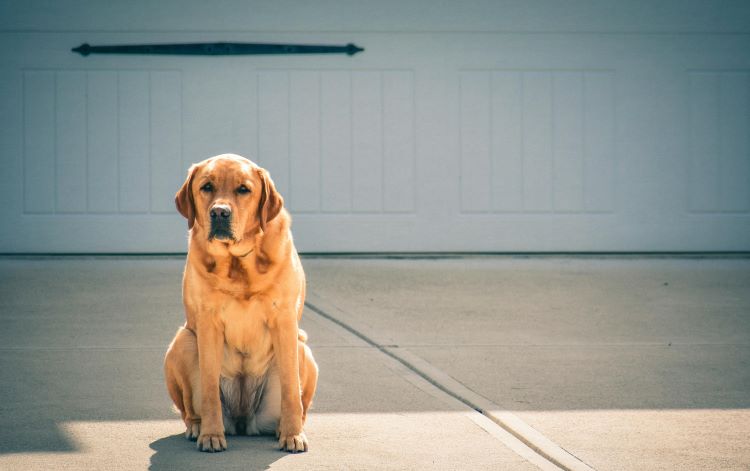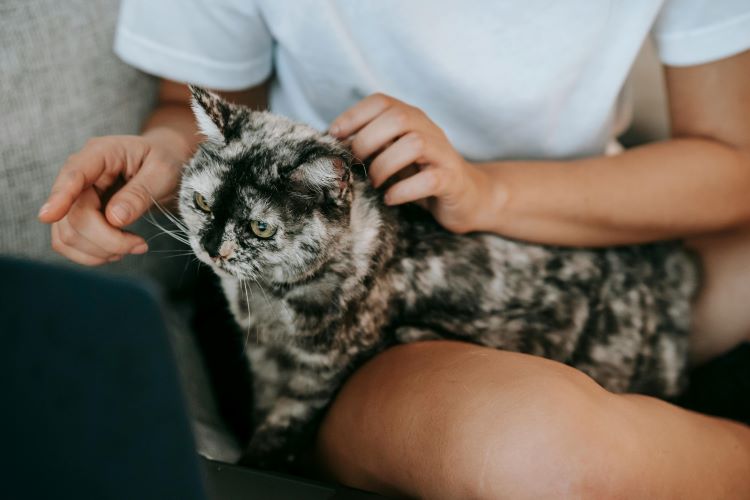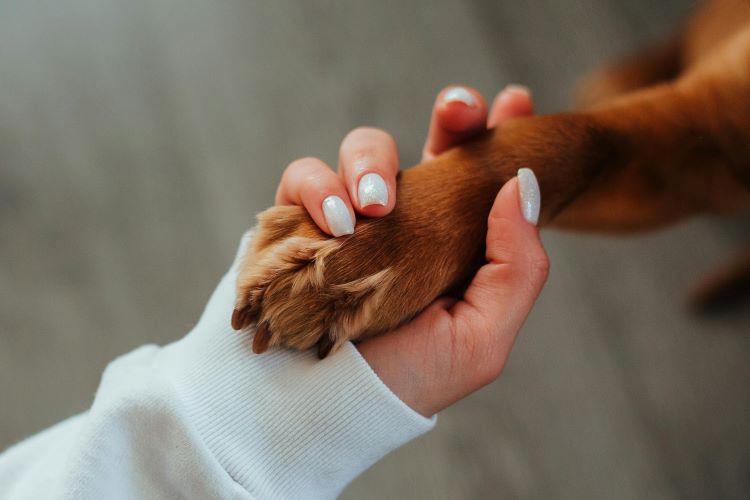Ready to help treat your pet to a healthy life?
What to Do if Your Pet Goes Missing
By : Brianna Gunter | Updated Jul 3, 2025

Most people never expect their beloved pet to go missing, but lost dogs and cats happen every day. As a responsible owner, it’s important for you to be aware of the risks and have a plan in place for what to do if your pet is missing.
On that note, if your cat or dog is currently lost, go ahead and skip down to the missing pet tips below. In all missing pet situations, time is of the essence. Otherwise, read on to learn more about lost pets and what to do if your cat or dog goes missing in the future.
How do pets go missing?
You’re a protective pet owner who wouldn’t dream of just letting your dog or cat wander off into unknown territory, so how do pets go missing in the first place? The answer usually isn’t irresponsible pet parenting. Instead, pets can go missing for a number of reasons:
- Being stolen — certain cat or dog breeds considered to be high value may attract thieves
- Adventurous pets left alone in an open yard or other unsecured property
- Panicking and running away from certain stimuli (vehicles speeding past, construction noises, any sudden or loud noises)
- Exploring unknown territory (like a large park or new neighborhood) and becoming lost
- Running away from or chasing another animal
- Being in heat and seeking out a mate
- Wandering off in response to certain smells (like barbecue)
Pets are at greater risk of becoming lost during the summer months, when they tend to spend more time outside of the home. Loud noises like fireworks and sirens can frighten pets easily and cause them to run away and hide.
Important missing pet statistics
- Approximately 10 million pets go missing in the US alone every year.
- Two million dogs are believed to be stolen every year in the US.
- Animal control services experience a 30% - 60% rise in missing pets during the month of July.
- Between 70% and 90% of missing pets are returned home safely.
- The median recovery time for lost pets is two days.
- One third of dogs and cats will go missing at some point in their lifetime.
*Data is compiled from the American Humane Society, the ASPCA, and Pet Amber Alert 2020-2024 statistics.

What can I do if my pet is lost?
If your dog or cat goes missing, what you do in the time immediately afterward is crucial. Follow these 6 tips to improve the likelihood of bringing your missing pet home.
1. Don’t blame yourself
Accidents happen, and you didn’t intentionally lose your pet. It’s understandable to feel frantic and upset, but take a deep breath and know that there’s no point in wasting time by blaming yourself. Even if you do feel at fault for a lost pet, tell yourself that you can think about it later—right now is the time for action.
2. Search the immediate area
Try not to give your dog or cat time to wander away too far. As soon as you notice your pal is missing, start searching the area (the American Kennel Club suggests covering a two-mile radius for recently lost dogs, and the same can work for cats). Call out your pet’s name along with any other words he knows, like “treat” or “walk.” Shaking a bag of treats while you’re at it may also help if it’s something your pal responds to at home.
3. Make sure someone is home
While you’re out searching, send a friend or family member to your home in case your pet makes her way back there. Try to make sure it’s someone your pal knows well. If this person has fed your pet treats before, have them sit outside with a bag of snacks, calling your missing dog or cat’s name.If you’re out in an unfamiliar neighborhood and are nowhere close to home, it’s a good idea to still have someone stay put at your car or area where you last saw your pet. There’s a chance they may return there as well.
4. Get the word out
Your chances of reuniting with your dog or cat increase with the amount of people who are aware of the situation. If you haven’t found your pet within an hour or two, try door-to-door with photos of your pal, as someone may have recently spotted them. After asking around the area, it’s time to spread the word through additional means. Put up posts on your social media accounts with clear photos of your pet, and ask others to share.
The old-fashioned print way can help too, especially when it comes to people you don’t know. Along with the traditional lost pet utility pole flyer, consider using lawn signs and asking local businesses if you can put up posters in their windows.
5. Use other lost dog resources
In addition to friends, family, and neighbors, there are many other local resources you can reach out to that may be able to help you find your lost pet:
- Police force (try calling the station itself to report a missing dog, not 9-1-1)
- Animal control
- Animal rescue groups
- Animal shelters
- Veterinary practices / local animal hospitals
- Online dog databases (Pawboost, Lost Dogs of America, Petco LoveLost)
6. Stay positive
Keeping a positive mindset is difficult when you’re caught up looking for a missing dog or cat. However, it’s important for helping you stay clearheaded and leaving no stone unturned. The good news is that with so many lost pet resources available today, there’s a high chance you’ll be reunited with your pal. Staying calm and collected will also help keep others open to helping.

July is Lost Pet Prevention Month
Did you know that the greatest number of pets go missing in summer in Canada? With a rise in outdoor activities with pets and the potential for doors and windows getting propped open, there's a 120% increase in pets going missing this time of year. And as we tragically know from missing pet statistics in general, not all will be reunited with their owners.
This is why July is designated as Lost Pet Prevention Month. The month-long campaign focuses on educating pet owners about various strategies and tools to keep their pets safe and prevent them from straying away. So, while you’re taking steps to keep your own pet safe and secure, share these tips with your fellow pet owners — by spreading awareness, we can all do our part in helping increase the safety of pets everywhere.
Now's also a great time to focus on your pet's overall health and well-being. If you haven't already protected your pet against surprise illnesses and accidents, consider pet insurance.
